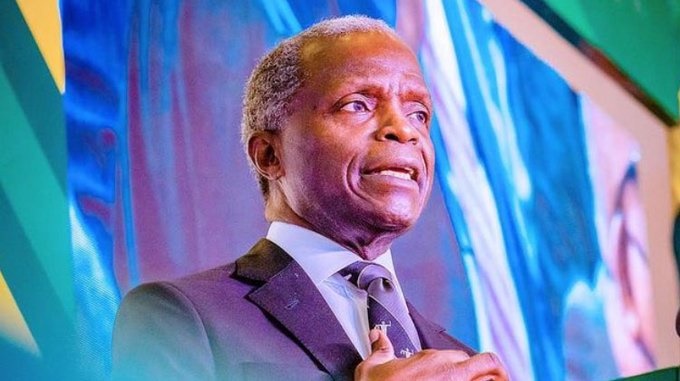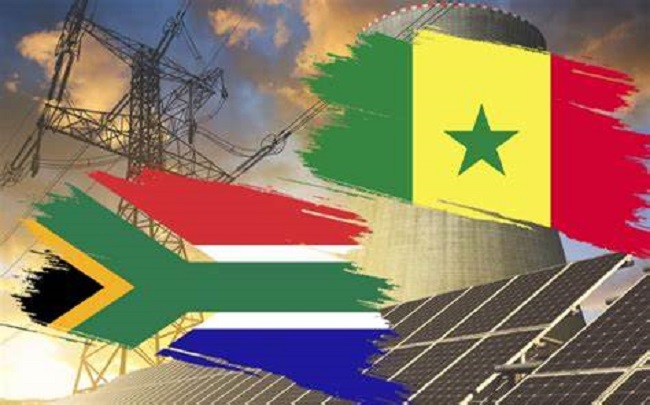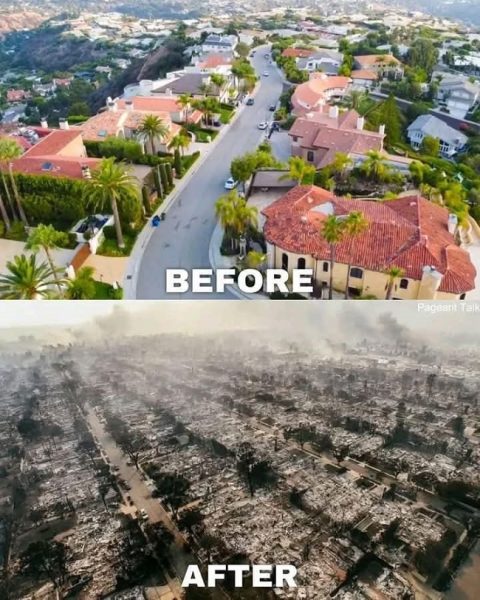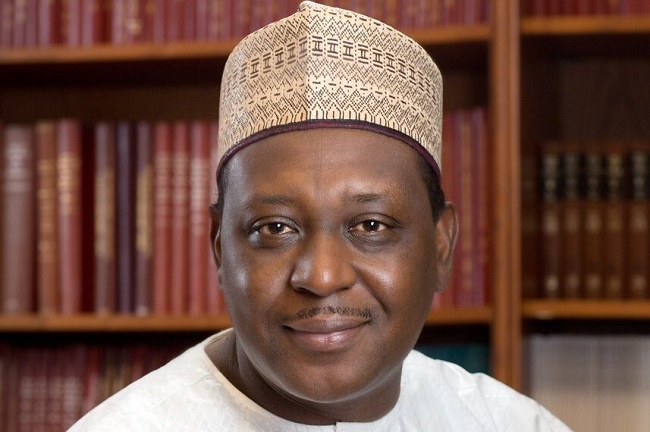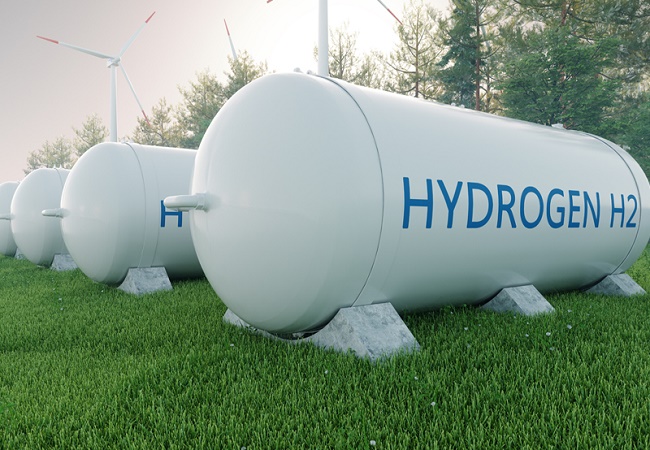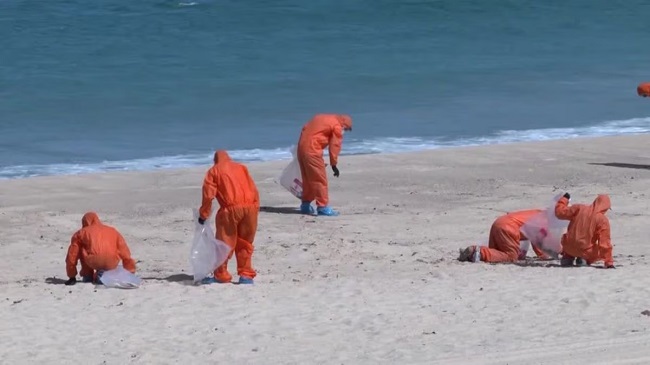Solar installations have reached new heights across the globe in 2024 with a whopping 503 GWp of estimated capacity. This represents a 44% increase compared to 2023. In Africa, the growth is more modest but new installations maintain a solid level at 2.5 GWp after 2022 and 2023 being record years for solar in Africa.
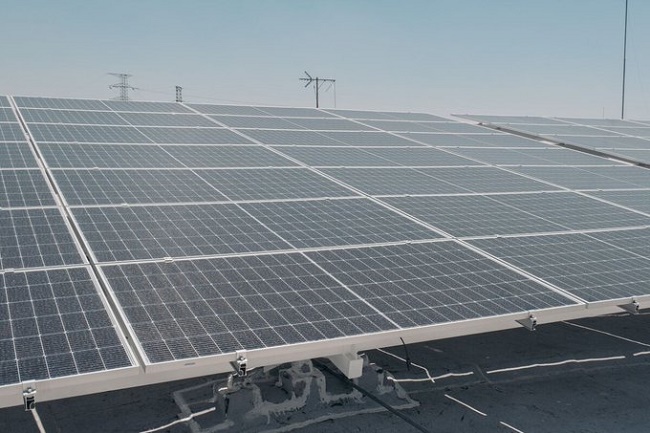
Thanks to new solar installations, Africa is now home to 19.2 GWp (excluding residential installations). This is the 3rd year in a row that more than 2 GWp are being installed, which is testament to the good health of the industry. But solar in Africa did however not grow as much as the global solar market and still represents less than 1% of all solar currently installed across the globe.
Solar continues to spread across Africa
More and more African nations are adopting solar in their energy mix. Some already install massively, while other are making their first steps with solar. In 2024, 2 African nations installed more than 100 MW (one more than 2023), 16 installed more than 10 MW (stable) and 29 installed at least 1 MW (2 more than 2023). The best performers in terms of installed capacity include South Africa with an estimated 1,235 MWp, Egypt with 707 MWp, Zambia with 74.8 MWp, Nigeria with 63.5 MWp and Angola with 53.8 MWp. All these figures exclude residential installations as these are currently not tracked by AFSIA. It is estimated that these residential installations could represent 10% to 20% additional capacity.
But while solar conquers more African countries, the business nevertheless remains highly concentrated. In 2024, South Africa and Egypt represented almost 80% of all the new solar installed, respectively representing 50% and 29%. But with multiple projects already announced and at various stages of development in several countries which are new to solar, we may witness a more distributed spread of solar in Africa in the years to come.
If we look at the prevalence of solar in the overall national power generation, the Central African Republic still leads the ranking of countries where solar contributes the most to the overall electricity mix, with more than 40% of all grid electricity consumed in the country originating from solar. And another 6 African countries already have solar contribute more than 10% of their power consumption, which is a remarkable performance at global level. These countries are Mauritania (20.7%), Namibia (13.4%), Somalia (11.6%), Malawi (11.4%) The Gambia (10.6%) and Cape Verde (10.5%).
In terms of solar per capita, the 2024 top 5 remains almost unchanged. Wealthy islands Seychelles, Mauritius and Cape Verde are joined by African solar champions South Africa and Namibia. In the overall ranking, The Gambia lands at #16 and is the country that progresses the most (+25 spots) thanks to the commissioning of its 23 MWp Jambur Solar Plant Solar.
The boom of storage
Storage is becoming a key element of the African solar eco-system. From 2017 to 2022, storage in Africa represented on average only around 50 MWh per annum. In 2023 this capacity grew to 150 MWh+ and in 2024 it grew to more than 1,600 MWh.
This exponential growth is to thank to sharply decreasing prices for lithium-ion storage solutions. Industry-leading research firm Bloomberg NEF estimates that the cost of such storage has decreased by 20% in 2024, after decreasing 13% in 2023. This is the strongest price decrease in the last 7 years.
The reason behind this significant decrease is a combination of production overcapacity and heightened competition between manufacturers. Several gigawatt factories were put online across the globe in recent years to address the expected boom of electric mobility. These investments also benefit the market of stationary storage thanks to the economies of scale they have created. And because electric vehicles sales have not delivered as promised, production overcapacity has added an element of intense price competition between manufacturers.
Therefore, the market experiences a real boom of storage within African solar projects, and within the power generation landscape at large. A few large-scale projects have been recently announced or have even started construction. Such projects include for example the 2nd phase of Soma Project in The Gambia with 100 MW / 130 MWh, the Lolda Solar Farm in Senegal comprising of 60 MWp of PV and 72 MWh of storage, and the impressive 900 MW PV / 720 MWh storage in Egypt developed by Masdar and Infinity Power.
Africa Solar Outlook report, a wealth of information country-by-country
Next to highlighting the most notable projects and trends, the Africa Solar Outlook 2025 report also provides a unique overview of the status of solar in each African country. The “Country Vignettes” describe the national eco-system of solar across its key parameters including country objectives for renewables energy, solar policies, current electricity tariffs, national electrification rate, key electricity institutions and current installed capacity in the country. These key parameters make it extremely easy to get familiar with the reality of solar in each country and compare national performance and opportunities.
By John van Zuylen, Africa Solar Industry Association




